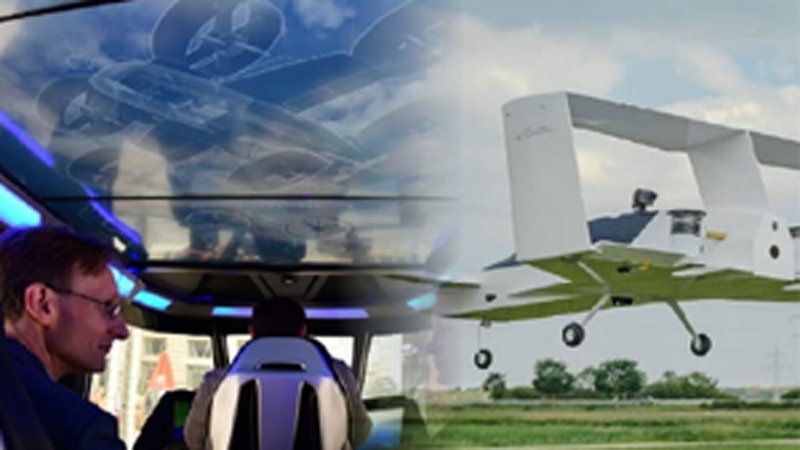According to the company, the system combines a gas or electric turbine and fluidic thrust augmentation that can distribute thrust across our airframe.

Jetoptera, a Seattle-based ariel mobility firm’s innovative bladeless vertical takeoff and landing (VTOL) aircraft concept, has demonstrated the ability to reach speeds of 0.8 Mach (614 mph) during testing. The figure makes it quicker than a Boeing Dreamliner and twice as fast as tiltrotor designs.
The firm reported the data after it completed a fourth Small Business Innovation Research (SBIR) contract awarded by the US Air Force.
According to the firm, its proprietary Fluidic Propulsion System (FPS) enables the airplane to take off and land vertically yet accelerate to jet speeds in forward flight configuration- a High-Speed VTOL (HSVTOL).
“The technology presents several fundamental advantages over VTOL legacy systems, emitting lower, atonal noise and benign exhaust temperatures while eliminating rotors or propellers,” said a press release.
Jetoptera partnered with Scaled Composites for the “design of the high lift system and test article, as well as the conceptual design of the high-speed bladeless VTOL aircraft.”
The absence of spinning blades is replaced by devices that use fluid dynamics that leverage small amounts of moving air to push through a much larger amount of outside air and generate thrust. A gas generator was used in earlier designs to compress air for the process, owing to its lightweight and being an efficient source of pressurized fluid.
According to the company, the system combines a gas or electric turbine and fluidic thrust augmentation that can distribute thrust across our airframe. “It can be implemented in various geometric shapes, can be embedded with the airframe, and has no propellers or rotating parts. The system is used in all phases of flight.”
In a first for the company, the current concept, tested for the SBIR contract, featured a high-efficiency electric compressor sourced from outside. The company had earlier mentioned the need for advancements in battery technology to reach at least 1,500 Wh/kg for an electric compressor to be used in its designs.
A number of firsts have been reported by the firm with its testing for the SBIR project with an electric air compressor feeding the FPS thruster-ejectors, optimization of a high-lift flap system, and demonstration of lift coefficients exceeding 8.0 – up to 40 percent better than propeller-blown wings results.
“A separate, ongoing STTR Phase II program will validate its design in the first half of 2023. The maximum speeds predicted for the concept are over twice as fast as a tiltrotor.”
Originally published at Interesting Engineering